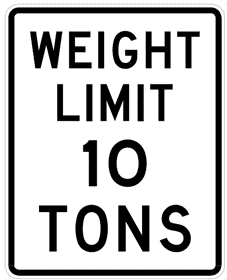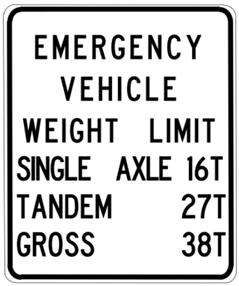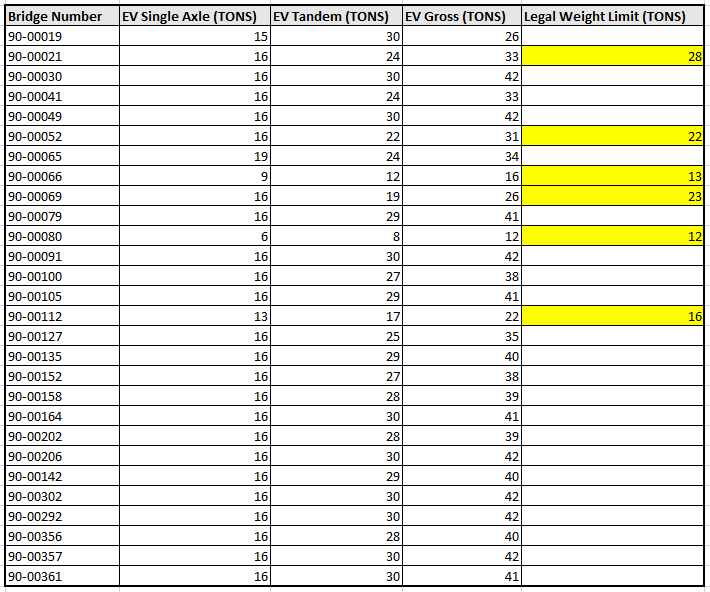Liquid that is applied to gravel roads to help control dust. Homeowners purchase based on the number of feet necessary. Sign up is typically in April and applied in May.
Please check back in March of 2026 for updated information.

Monday to Friday 7am to 3pm
Closed ALL holidays
Part time – work and hours will vary by day and week- weather permitting. Must hold a valid Indiana Driver’s License and ability to lift 50 lbs. We are seeking a reliable, self-motivated employee, who is willing to follow directions and learn on the job. Must be able to get along with coworkers, able to think on your feet and communicate with county residents. Must be trustworthy, timely, and possess a good attitude. Pay based on experience - $10.00-$15.00/hr. There is potential for pay increases with time and effort shown. With possibility of full-time hours with benefits. Applications are available to print HERE or pick up at the highway office. Please submit resume and application to us at highway@wellscounty.org or drop at the highway office at 828 E. 200 S, Bluffton, IN 46714.
The latest ranking list of petitioners and road sections is linked here. If you do not see your road section in the file then the highway department has not received a petition for your gravel road to be chip-and-sealed. Road Conversion Form (Form to request having your gravel road converted to chip and seal.)
Liquid that is applied to gravel roads to help control dust. Homeowners purchase based on the number of feet necessary. Sign up is typically in April and applied in May.
Please check back in March of 2026 for updated information.


All County Bridges are subject to regular inspections and Wells County must comply with INDOT and Federal standards when posting bridge weight restrictions. So, what are the weight restrictions and who sets the numbers? The state of Indiana has every county include load rating and posting bridges in their bridge inspection program and loads all the information into the national bridge inventory system (NBIS).
Prior to 2019 Wells County only posted bridges on what was called ‘inventory load rating’ which was a safe everyday load limit that drivers could travel over the bridge repeatedly without damage to the bridge. This load limit would set the weight restrictions somewhat lower with a higher factor of safety. One of the limitations of this system was that bridges were only ever posted if they had a calculated inventory load rating BELOW 15-tons, which is why those who remember only saw a few bridges across the county with any weight limit signs.
Since 2019 bridges are to be posted to the ‘operating rating’ which lowers the factor of safety and increases the weight limit. This lower factor of safety came with significant changes to the posting and calculations made by the engineers though. Our bridge engineers now calculate the load limits for numerous vehicle types with different axle and weight configurations that reflect typical legal loads in Indiana. Emergency vehicles, which can create higher load effects on bridges compared to other vehicles, are considered legal vehicles in Indiana and bridges have to be rated for them.
In July of 2019, the County Engineer and our consultant presented an interim system for posting the bridges to the County Commissioners. At the time, 33 of the 133 bridges required posting to the new operating rating, whether it be for standard weight limit or for emergency vehicles. To avoid public confusion, it was decided to use weight limit signs everyone was familiar with, the R12-1 sign. This allowed the county to purchase the signs in bulk and customize the weight limits as needed. If the farmers had concerns about the posted limits the County Engineer offered to compare the model to the equipment and help them work a plan of operation out with the farmer and if needed target the structure for future replacement if no suitable alternative could be identified.
The benefit of that system was that the signs were familiar to everyone and would only be posted at the bridge. Unfortunately, as with everything, the standards have changed again. Thankfully this only affects the signage type and information that the County is required to post at the bridge and now at the intersections leading up to the bridge. What you will be seeing soon will be signs like the Type R12-7 which identifies the weight limit for emergency vehicles such as the fire tanker trucks and the ladder trucks due to their axle spacing and how the load is carried on those axles. Note that some bridges will only be load posted for emergency vehicles and some bridges will be load posted for both emergency vehicles and the gross weight limit sign.
No, in fact, Wells County has made significant improvements to the county bridges. In 2019 we were ordered to post 33 bridges, and with the latest notice only 28 require posting. Many of these posted bridges are in fair to good condition based upon differing pieces of the bridge overall structure. The load limits are often a result of the original design, some dating back to the 1960s or earlier. Many of those bridges are posted because they were designed for different load conditions, or the inspecting engineer has had to make assumptions because records of the bridge design and construction do not exist.
Overloading a bridge damage both the bridge and the county roadways. Sizing new bridges to carry extra weight above legal load limits has significant cost impacts and would either slow the rate of replacement or require the county to increase taxes. The County has made a significant investment into the bridge asset management plan and targeting bridges with deterioration and condition limits is the priority in the plan at this time. The County Engineer monitors the overall Bridge Asset Management Plan and targets bridges based upon various factors such as the roadway width, bridge condition, load rating, age and public comments.
For most everyone in the county this doesn’t affect you. You will still see load posting signs at select bridges across the county, but they will include a variety of new information. For the agricultural and commercial drivers little has changed since 2019. The information will be more direct and there will be more signs in advance of the bridges affected. If you are one of those affected and would like to discuss the impacts and how to prioritize the bridge around your property, please contact the Wells County Highway Department and schedule an appointment.
Emergency and commercial bridge load rating May 2022
Bridge numbers below correspond to the map

CASH or CHECK ONLY!!!
We cannot take debit or credit cards in the office.
To report road concerns please email us at highway@wellscounty.org